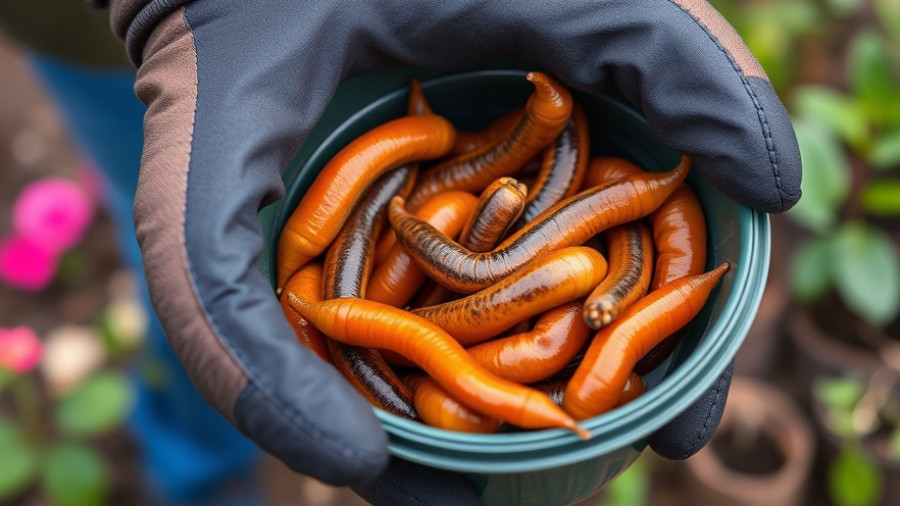
Unlocking the Power of Latin on the Homestead
Latin may be viewed by some as a relic of the past, but for those living on a homestead, it’s a tool that can open doors to enhanced understanding and communication about the natural world. While many remember Latin as a dull subject from school, its application in horticulture and animal care today proves invaluable. Engaging with Latin names invites homesteaders to take the science of botany and zoology into their own hands.
What is Scientific Naming and Why Should We Care?
A scientific name, or binomial nomenclature, comprises two parts that streamline the identification of species: the genus and the species. This system goes beyond geographical and cultural barriers, enabling communication irrespective of language. Whether you call a plant "Solanum tuberosum" or simply "potato," using Latin enriches your knowledge and facilitates precise discussions about plant care.
Latin as a Language of Utility
The uniqueness of Latin lies in its 'dead' status—meaning it doesn’t evolve like living languages. This makes it a stable and reliable reference point for scientists and nature enthusiasts alike. Consider this: a farmer discussing “Meleagris gallopavo” can confidently identify a turkey, ensuring clarity over common names which can vary widely from one region to another.
The Role of Carolus Linnaeus in Modern Homesteading
Many may remember the name Carolus Linnaeus from biology classes, but his contributions are more than academic footnotes. His systematic approach to classification allows homesteaders and gardeners to categorize their crops and livestock systematically. Embracing this method can help you understand ecological relationships and make informed decisions about planting or breeding practices in your own space.
Practical Applications of Latin in Everyday Homesteading
Understanding scientific names is not merely an academic endeavor—it’s profoundly practical. When purchasing plants from nurseries or discussing techniques with neighbors, recognizing a plant's Latin name ensures you’re all on the same page. For instance, knowing that “Rudbeckia hirta” refers to the Black-Eyed Susan can guide you in choosing the right perennial for your garden.
Feeling Overwhelmed? Embrace the Learning Curve
It's easy to feel daunted by Latin's complexity, but starting small can yield great results. Consider familiarizing yourself with a few common Latin plant names relevant to your homestead. Over time, you will find that these terms enrich your gardening experience and community interactions. Replace reluctance with curiosity as you recognize how Latin can simplify and clarify your practices.
Conclusion: A Call to Embrace the Language
Latin shouldn't be viewed as a burden but rather as a bridge to a deeper understanding of our plant and animal relationships. As you cultivate your homestead, think about how confusing conversations around common names can be mitigated with the elegance of Latin nomenclature. Dive into this ancient language—it's more relevant than ever on today’s homestead.
 Add Row
Add Row  Add
Add 




Write A Comment